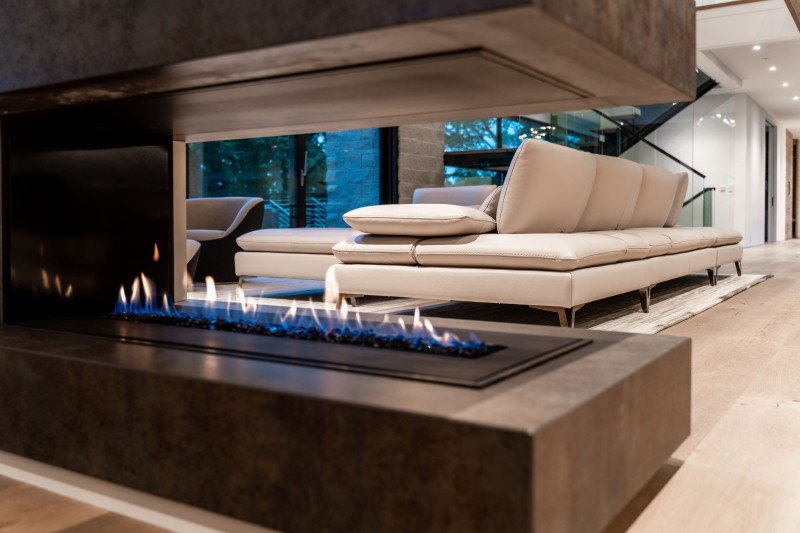Why Fireplaces And Stoves Is So Helpful During COVID-19

The Comprehensive Guide to Fireplaces and Stoves
Fireplaces and stoves have been essential to human civilization for centuries, acting as a source of warmth, light, and comfort. Cheap Fireplaces USA come in various kinds and have actually progressed throughout the years, accommodating varied choices and technological advancements. This article supplies an informative overview of fireplaces and stoves, highlighting their types, advantages, maintenance tips, and installation considerations.
Types of Fireplaces
The world of fireplaces is rich and varied. Here are the most typical types:
Wood-Burning Fireplaces:
- Traditional and charming.
- Requires experienced wood and regular upkeep.
- Produces a pleasant scent and crackling sound.
Gas Fireplaces:
- Offer convenience and ease of usage.
- Readily available in vented and vent-free choices.
- More efficient and cleaner than wood-burning alternatives.
Electric Fireplaces:
- Provide ambiance without the requirement for a chimney.
- Easy to use with push-button control choices.
- Can be used as a supplementary heat source.
Pellet Stoves:
- Use compressed wood pellets as fuel.
- Extremely efficient and environmentally friendly.
- Frequently equipped with thermostats for temperature level control.
Ethanol Fireplaces:
- Utilize bioethanol fuel, making them portable.
- Do not require venting, which enables flexible positioning.
- Produce a practical flame with minimal smoke.
Outdoor Fireplaces:
- Designed for outdoor settings; can be wood or gas-burning.
- Great for amusing and enhancing yard aesthetic appeals.
- Typically constructed from stone, brick, or metal.
Benefits of Fireplaces and Stoves
Including a fireplace or stove into a home provides numerous advantages:
- Aesthetic Appeal: Fireplaces serve as striking focal points in any space, adding heat and character to home decor.
- Increased Property Value: Homes with practical fireplaces tend to have higher resale worths.
- Energy Efficiency: Modern fireplaces and stoves are designed to be more energy-efficient, which can result in decreased heating expenses.
- Backup Heating Source: In case of power interruptions, wood-burning and gas fireplaces can act as important heating sources.
- Versatile Heating Solutions: Different types of fireplaces deal with numerous heating requirements and way of lives, from relaxing ambiance to efficient heating.
| Type of Fireplace/Stove | Fuel Source | Efficiency Rating | Maintenance Level |
|---|---|---|---|
| Wood-Burning | Wood | Moderate | High |
| Gas | Natural gas/LP | High | Low |
| Electric | Electrical energy | High | Really Low |
| Pellet | Wood pellets | High | Moderate |
| Ethanol | Bioethanol | Moderate | Low |
| Outdoor | Wood or gas | Moderate | Differs |
Maintenance Tips
Appropriate upkeep extends the life of fireplaces and stoves, guaranteeing security and efficiency. Here are some vital pointers:
Regular Cleaning:
- Wood-burning fireplaces ought to be cleaned after a full season of use to remove soot and creosote.
- Gas fireplaces require periodic inspection of the burner and vents.
Regular Inspections:
- Have chimney sweeper perform yearly inspections to identify clogs or structural damage.
- Inspect the seals and gaskets on gas units to prevent leaks.
Fire Safety:
- Install smoke and carbon monoxide detectors in homes with fireplaces or stoves.
- Keep a fire extinguisher near the fireplace or range for emergency situations.
Usage Quality Fuel:
- For wood-burning systems, constantly use seasoned wood; avoid treated or painted wood.
- When using pellets, ensure they are stored appropriately to avoid moisture absorption.
Manage Airflow:
- Keep vents and ducts clear to promote reliable ventilation and airflow.
- Think about utilizing glass doors or screens to reduce debris and ash in the home.
Setup Considerations
Installing a fireplace or stove requires mindful factor to consider of several aspects:
Location:
- Choose a place that permits correct clearance and ventilation.
- Consider the layout of your home and the convenience of natural heat circulation.
Structure Codes and Permits:
- Check local regulations relating to installations and necessary authorizations.
- Engage an expert to guarantee compliance with safety requirements.
Fuel Type:
- Evaluate your fuel alternatives based upon availability, expense, and environmental impact.
- If going with gas, ensure existing gas lines can accommodate the new home appliance.
Ventilation:
- Proper venting is crucial for security and performance, specifically for gas and wood-burning systems.
- Speak with a professional to identify the very best venting service.
Aesthetic Consideration:
- Select a style that matches your home's interior.
- Consider mantels, surround materials, and colors that match your decor.
FAQs
What is the very best kind of fireplace for heating?
Gas fireplaces are generally more efficient for heating, while wood-burning fireplaces offer more ambient warmth.
How often should I clean my fireplace?
Wood-burning fireplaces should be cleaned up at least when a year, while gas fireplaces require less regular attention depending on usage.
Can I install a fireplace myself?
While some house owners may attempt DIY installation, it is recommended to hire an expert to make sure security and compliance with building codes.
Are electric fireplaces efficient?
Yes, electric fireplaces are very efficient and can work as efficient additional heating sources, specifically in smaller spaces.
What is the lifespan of a fireplace?
The life expectancy of a fireplace varies depending on the material, type, and maintenance; however, a well-kept wood-burning fireplace can last over 30 years.
Fireplaces and stoves remain classic features in homes, using warmth and atmosphere. Understanding the various types, benefits, and maintenance requirements can assist property owners make informed decisions about setup and care. With mindful planning and regular maintenance, these home appliances can enhance both the convenience and value of a home for several years to come.

